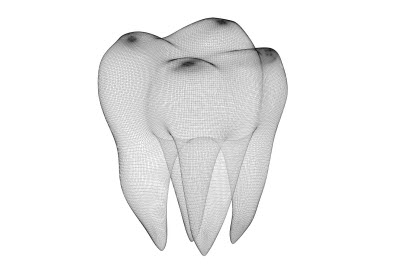
What’s the Purpose of Periodontal Charting?
Ever wondered why your dentist rattles off numbers during your exam? Enter the world of periodontal charting – a crucial component of your annual dental check-up.
Deciphering Periodontal Charting:
Periodontal charting, also known as probing or periodontal screening, is a meticulous process aimed at assessing the health of your gums. Armed with a specialized instrument called a probe, your dentist or dental hygienist delves into the space between your teeth and the surrounding gum tissue, measuring pockets with precision.
Interpreting the Measurements:
Each measurement serves as a window into the state of your oral health:
- 0-3mm (No Bleeding):
Ideal gum health. Keep up the good work! - 1-3mm (With Bleeding):
Early signs of gingivitis. Amp up your oral care routine and consider more frequent professional cleanings. - 3-5mm (No Bleeding):
Indicates potential gum disease. Deep cleaning sessions may be necessary to stave off further issues. - 3-5mm (With Bleeding):
Early stage of gum disease or incipient periodontitis. Additional treatment and enhanced home care are recommended. - 5-7mm (With Bleeding):
Soft and hard tissue damage, coupled with bone loss. Comprehensive treatment and diligent home care are imperative. - 7mm and Above (With Bleeding):
Advanced periodontal disease requiring aggressive intervention. Surgical options may be explored to halt progression.
Navigating the Process:
Periodontal charting serves as a roadmap for your dental professional, facilitating diagnosis and treatment planning. From traditional handwritten charts to state-of-the-art digital systems, various methods are employed to document your gum health accurately.
Embracing Preventative Care:
Regular periodontal charting is instrumental in detecting gum disease in its nascent stages. Given that gum disease often lurks without overt symptoms, routine assessments are paramount in safeguarding your oral health. Whether you’re 30 or 60, prioritizing annual periodontal charting bolsters your defenses against potential dental woes.
